By now, most of the world has heard of Malala, the Pakistani girl who was shot by the Taliban and survived. She has since been raising her voice — from the halls of the United Nations to the sets of late night talk shows — on behalf of the 63 million girls who are out of school worldwide and the vast majority of school girls in the developing world who will not get to finish secondary school. Hers is a moral fight, a fight for every girl in the world to get what she deserves, the chance to go to school.
But in policy-makers’ hard-nosed discussions on tight budgets and competing priorities, the fight for girls’ education must appeal to both the heart and the head. A recent book, “What Works in Girls’ Education: Evidence for the World’s Best Investment,” details the top 10 reasons why girls’ education is such a high-returning investment and what solutions work best to fix the problem. Rarely will policy-makers get such bang for their buck. Girls’ education saves lives both of mothers and their children, it improves women’s wages and families’ nutrition, it reduces the incidence of child marriage as well as HIV/AIDs and malaria, it empowers women and contributes to economic growth, and can even help address climate change.
Despite such a wide range of benefits, the world has not taken up education as a serious investment proposition. For example, from the recent climate change summit in Paris, financing to developing countries for climate change has been promised with a publicized target of at least $100 billion per year. Foreign aid to education projects is about $13 billion annually, much less than the $39 billion needed to get all girls and boys through secondary school.
We propose a solution that has so far been overlooked by the international community. The potential for girls’ education to help address climate change is perhaps the reason to invest in girls’ education that has gotten the least attention. But if policy-makers can link the two, it has tremendous potential to benefit both issues.
The argument goes something like this: One of the most effective strategies for curbing global carbon emissions is to slow population growth. For example, in the United States, the carbon emissions of a single person is about 20 times the reductions that each of us might be expected to achieve by being more conscious of our carbon footprint, switching to electric cars and using LED light bulbs. Slowing population growth is also far cheaper than other strategies to address climate change, such as low-carbon energy investment whether it be to solar or nuclear or biofuels.
One of the best ways to slow population growth is to educate girls through secondary school. The difference between a woman with no years of schooling and with 12 years of schooling is almost four to five children per woman. And it is precisely in those areas of the world where girls are having the hardest time getting educated that population growth is the fastest. The U.N. projects that the world’s population will grow from 7.3 billion today to 9.7 billion by 2050, largely in developing countries, including regions such as sub-Saharan Africa. But recent research shows that if girls’ education continues to expand, that number would be 2 billion less by 2045.
So what needs to be done? It is high time for policy-makers to make the link between education and climate change, not just in theory but in their financing and programming decisions. The former are scrambling for funds; the latter for proven interventions. Primary and secondary schooling for girls would put the two together. If one-eighth of climate aid could be devoted to more education, it would double foreign aid for education and could potentially lead to far more rapid scaling up of girls’ education and ultimately help save the planet at the same time. A win-win proposition that undoubtedly Malala would approve of.
The Brookings Institution is committed to quality, independence, and impact.
We are supported by a diverse array of funders. In line with our values and policies, each Brookings publication represents the sole views of its author(s).
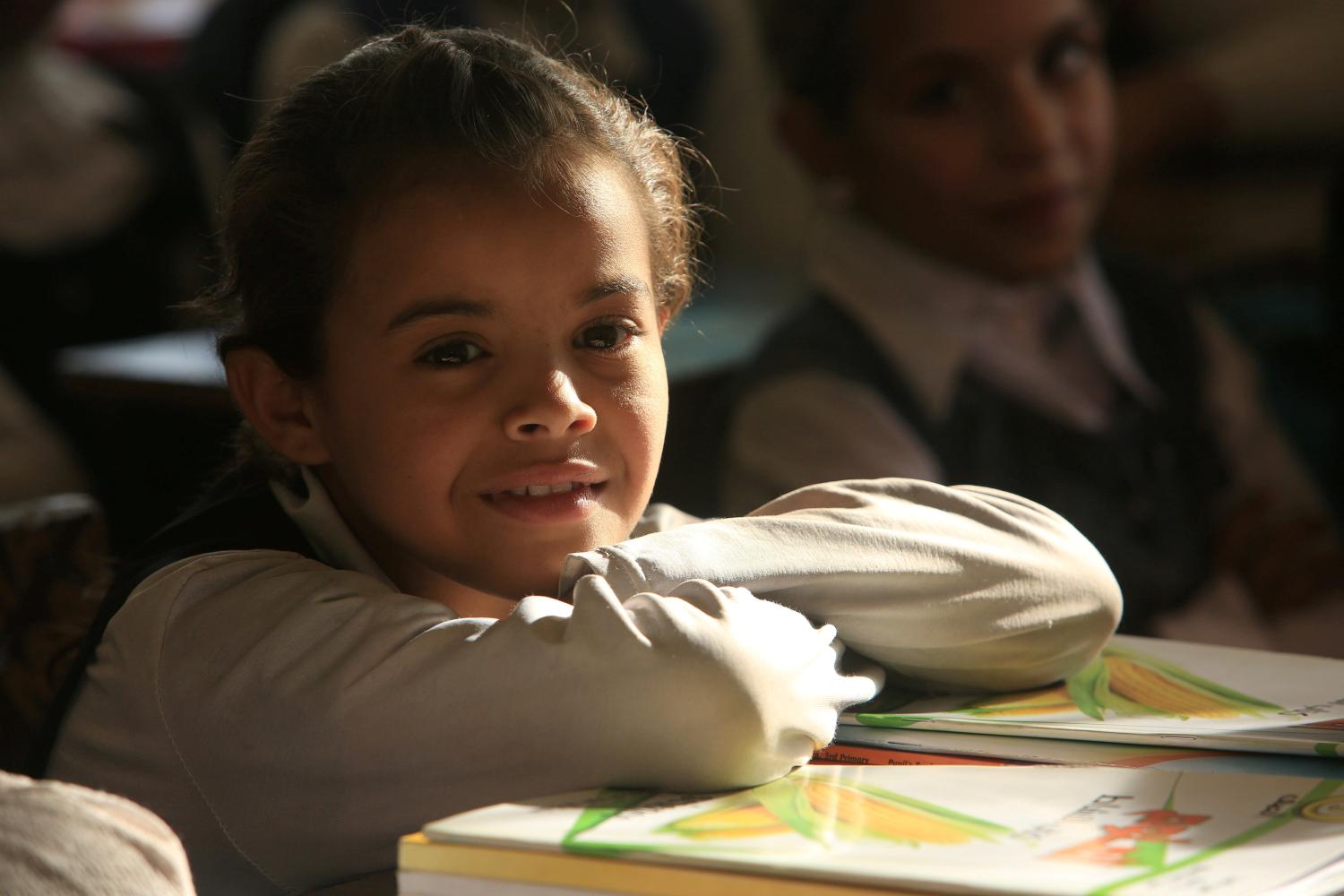
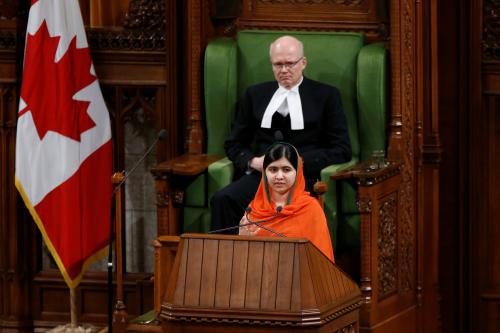
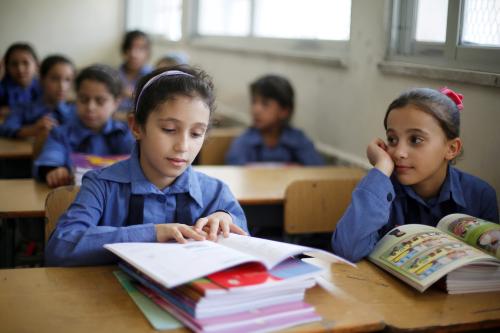
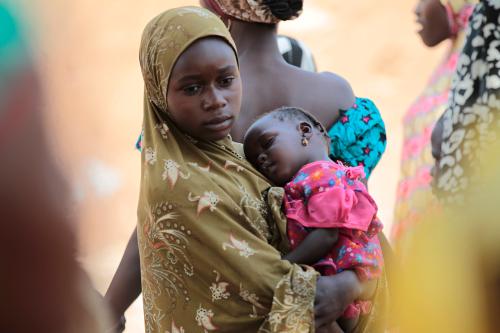


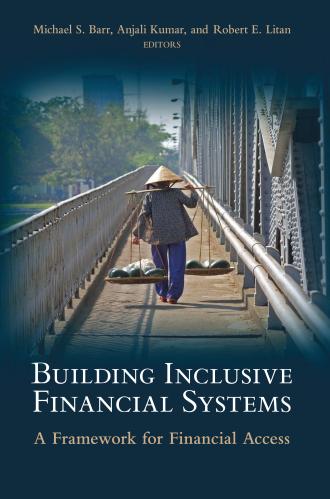



Commentary
Op-edWant to save the planet? Invest in girls’ education
March 3, 2016